This website uses cookies so that we can provide you with the best user experience possible. Cookie information is stored in your browser and performs functions such as recognising you when you return to our website and helping our team to understand which sections of the website you find most interesting and useful.
Five destinations to see elephants in Africa with Wilderness Safaris
By Tempus | 16 August 2022 | Travel
These exotic camps can help you tick elephant-spotting off your bucket list
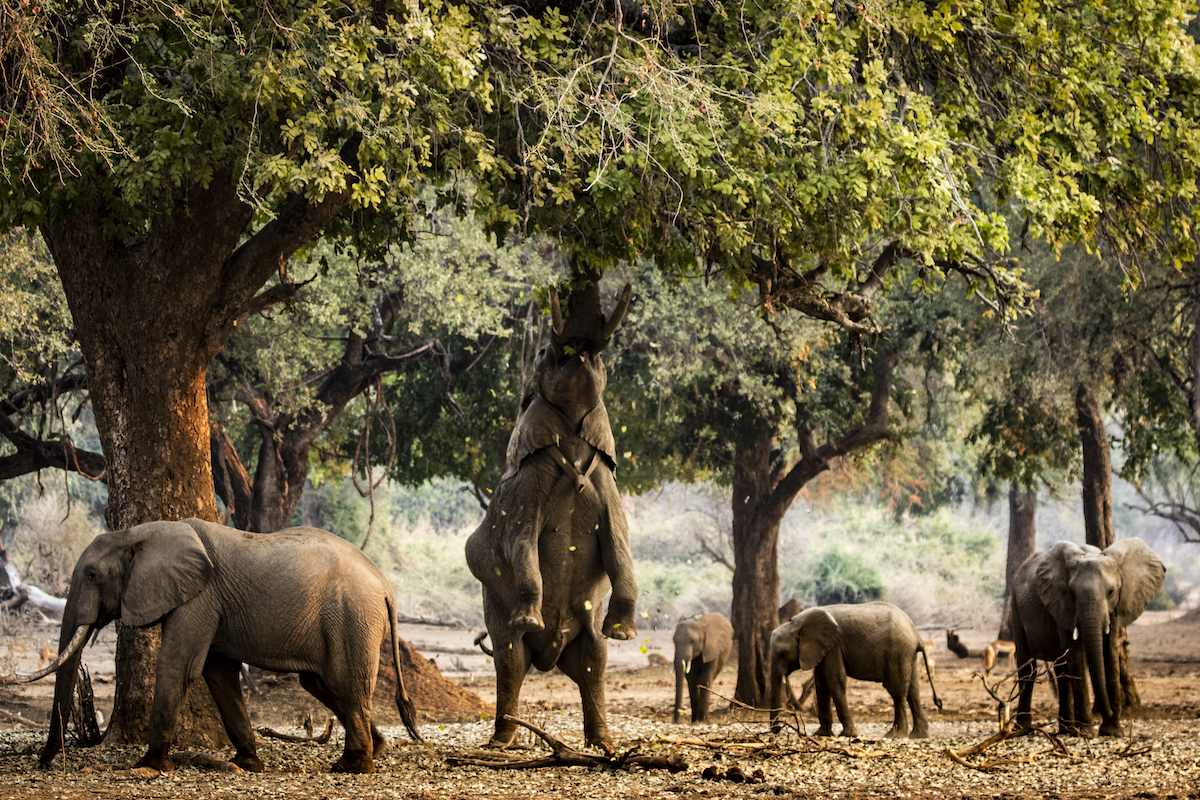
Wilderness Safaris boasts a number of camps in the best locations in Africa for travellers to see an abundance of wildlife, including the intelligent, social and always entertaining African elephant. Also known as the Loxodonta Africana, these gentle giants are one of the most popular bucket list animals to see and photograph. Wilderness Safaris has selected its top five locations to spot these magic mammals, to help ignite wanderlust and inspire those long-awaited once in a lifetime long-haul trips.
Wilderness Safaris aim is to protect both the creatures and the wild areas in which they live. Nearly every region in which Wilderness Safaris has a low-density tourism operation is an area of extremely high species diversity, and a key wilderness area. Guests are spoilt for choice when it comes to these mammals, please see below for the top five locations to spot them in:

DumaTau – Conservation Corridor
DumaTau, set on the Osprey Lagoon on the Linyanti River, between two "elephant highways” affords guests unparalleled viewing of these iconic mammals, along with other wildlife.
Located close to the source of the Savuti Channel, with access to the Linyanti Swamps, floodplains and mopane woodlands, offering an excellent combination of habitats and making it a prime spot for guests to see the elephants as they congregate along the waterways and lagoons during the dry winter months.
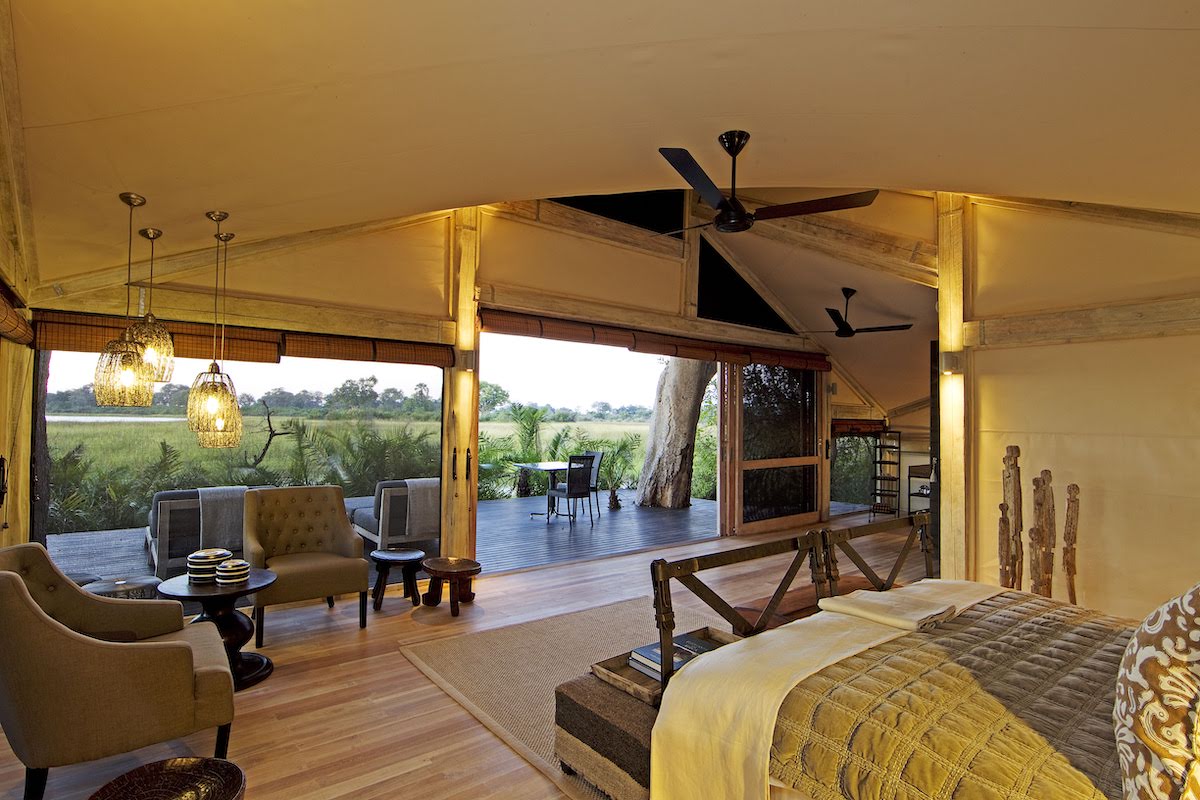
Abu – Explore Elephant Conservation
Abu is set in a pristine riverine forest and blends in seamlessly with the magnificent surrounding hardwood trees. Looking out over a large lagoon, guests can discover this elephant wonderland and gain a deeper understanding of elephant conservation and the abundant wildlife and habitat of the Okavango Delta, a World Heritage Site.
The Abu Herd is comprised of elephants that have been rescued from exploitative situations and are being assessed for reintroduction to their natural habitat. Since the inception of Abu, several elephants have been successfully released into the Abu Private Reserve, and the Herd members continue to be eloquent ambassadors for elephant conservation.
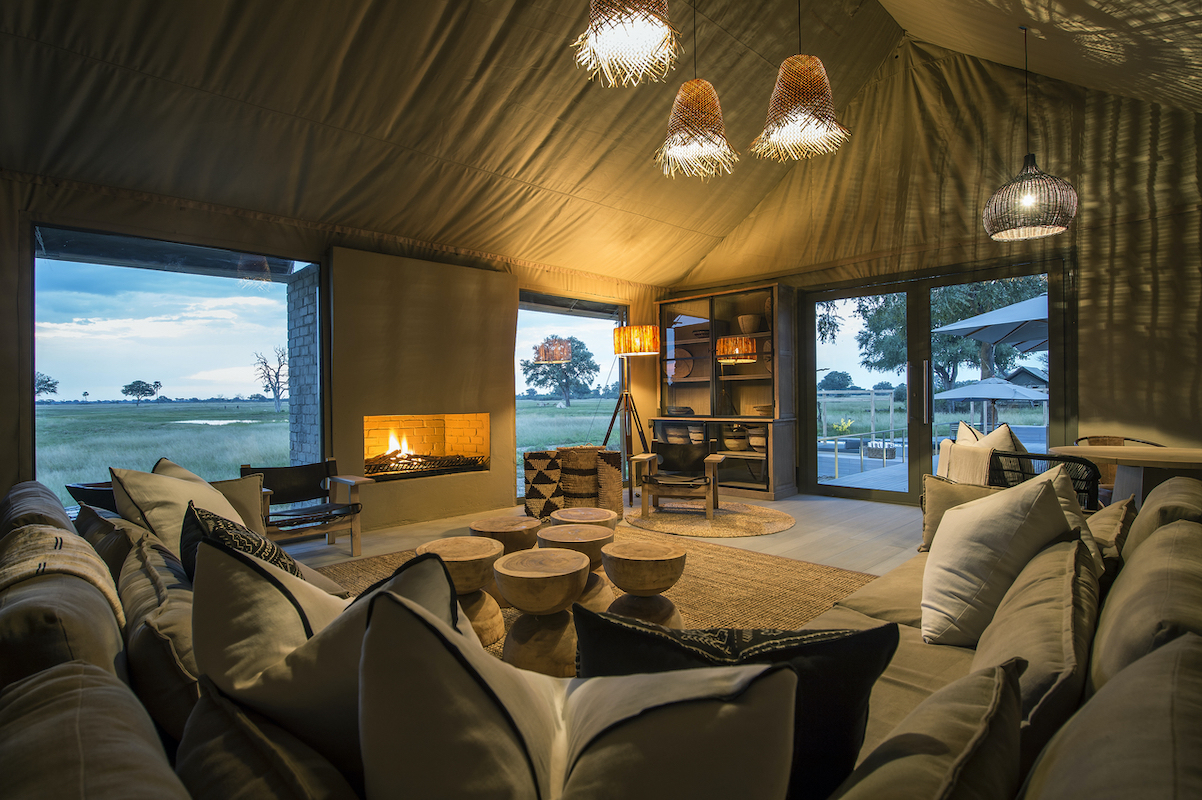
Linkwasha – Mega Herds of Hwange
Guests have the opportunity for a once in a lifetime experience at Linkwasha to witness whole herds of Africa’s iconic savannah elephants. Graham Simmonds, Wilderness Safaris Zimbabwe Sales Manager comments that; “One of the most amazing things I love to do during Hwange’s dry season is sit at a waterhole watching elephants. You can easily see over 1,000 march through in one afternoon”.
Sometimes the herd arriving to drink only numbers five or six and they can find space at the edge of the waterhole to drink, but often it could be 20 or 30, and so when it's their turn to drink, they do so with intent and then move on; they know tomorrow when they arrive, they might be third or fourth in line… and so the conveyor belt of thirst-quenchers works like a well-oiled machine and an unforgettable viewing for guests.
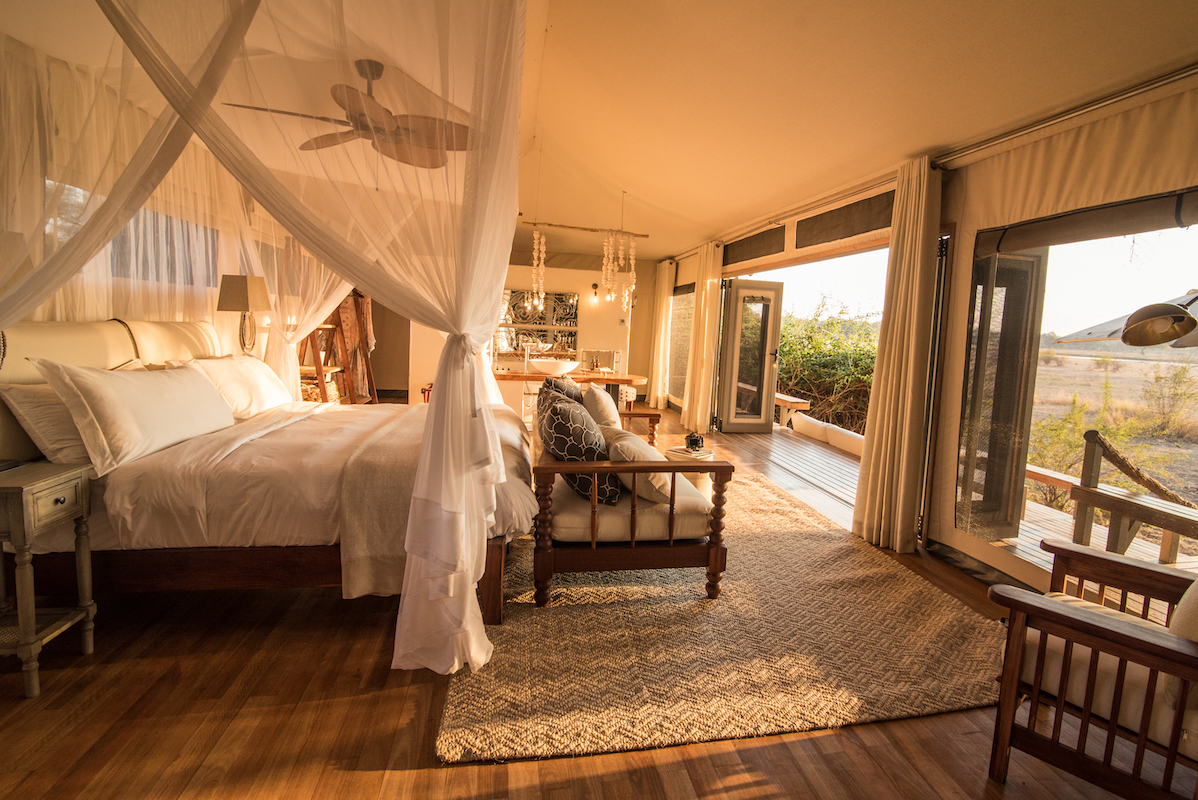
Chikwenya – Where Elephants Stand on Two Legs
Guests seeking an extraordinary experience can explore Chikwenya, where elephants raise themselves up on to their hind legs to reach for food. Most of the trees around Chikwenya have pods, and the elephants tend to shake the trees to get at the pods for food making for a truly spectacular and memorable sight on an African adventure.
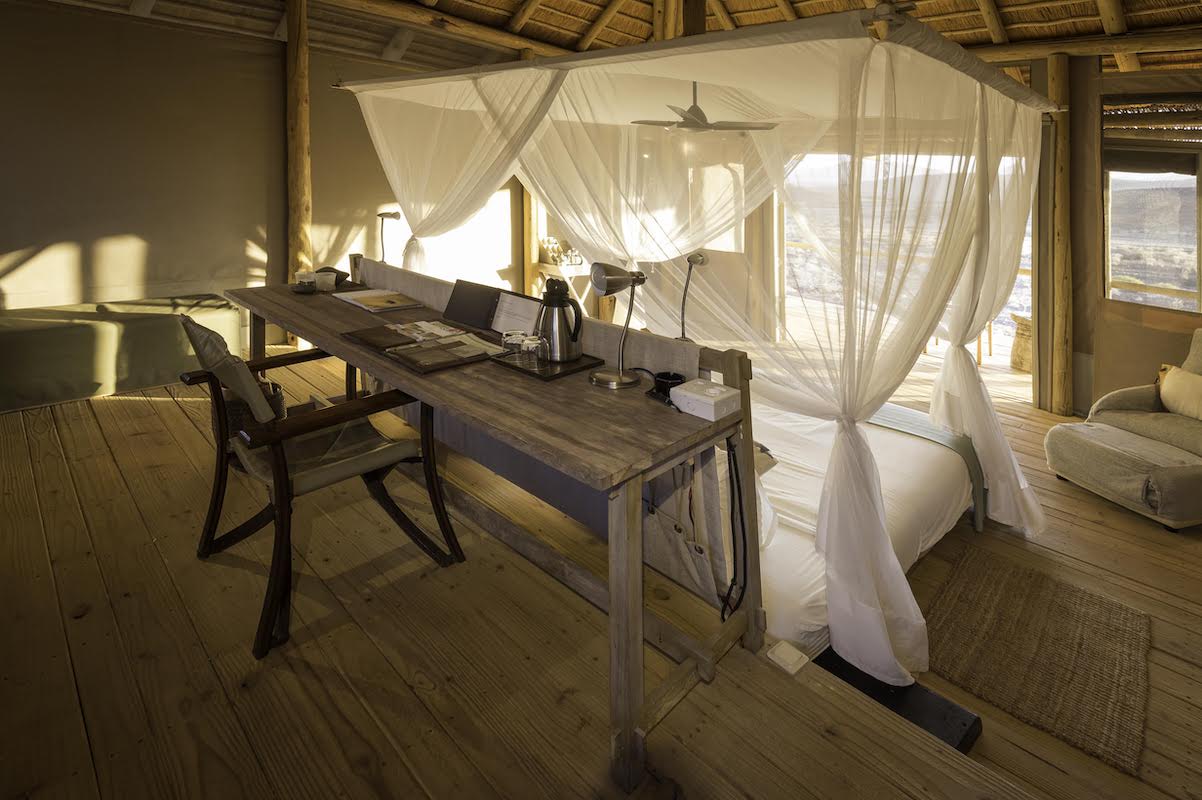
Damaraland – Desert-Adapted Wonders
Situated in the Huab River Valley, Damaraland Camp is one of the best wilderness areas in Namibia. Offering endless vistas across starkly beautiful plains, ancient valleys and a stunning ochre-purple mountain backdrop it is the perfect location to spot elephants. While these elephants are the same species as the African elephant, they can appear leaner and taller due to their diet, and have bigger feet than other African elephants.
The larger size of their feet allows them to walk with more ease across the very soft desert sand, an adaptation that is useful when you consider that fact that these animals have been known to travel up to 200 km (124 miles) in search of water. Damaraland Camp in Namibia exists within one of the driest, most desolate regions in all of Africa. In this arid environment, the landscape cannot support vast, concentrated herds of wildlife, but it nevertheless boasts a varied and breath-taking assortment of species, including magnificent desert-adapted elephants for guests to see.







